These Boiki were forcibly resettled by Operation Wisla in 1946, in the same way that the Lemkos were. I will be relying mostly on old photographs to describe this costume.
The following images are also from Berehy Horishni. This man has some embroidery on his collar and shoulders. He has his shirt tucked in.
This man was obviously well off, as he could afford a sheepskin coat and boots.
Here we can see the typical Boiko smocking of the skirt into the waistband on the woman at left.
This woman is showing off a typical Boiko overcoat with deep pleats at the waist.
Here you can see that the center of the sleeves was gathered into the shoulder piece, without, however, being smocked. The shoulder embroidery was done in red and blue cross stitch. Here are a couple of examples from a little further south, the villages of Liubna, Kichernyj, and Verkhovyna Bystra. While these villages are actually across the border in Transcarpathia, you can see that the style of embroidery is the same.
Smerek
This photo shows the harvest of oats. Note the embroidery on the shoulder of the man on the left.
Struboviska Струбовиська [Strzebowiska]
Here we see two women in work clothing raking hay.
Khrevt Хревт [Chrewt]
Mychkiw Мичків [Myczków]
This outfit is found in the village museum of Mychkiw. Note that the woman's costume shows city influence in the use of bought materials.
Volia Matiashova Воля Матіяшова [Wola Matiaszowa]
We have one drawing by Kul'chytska from this village, which seems to show city costume influence.
Kal'nytsa near Balyhorod, [Kalnica near Baligrod]
This man is also wearing a chuha.
Serednie Vielkie Середнє Велике [Średnie Wielkie]
Hichva Гічва [Hoczew]
This village lies on the northern edge of Boiko territory. In this photo we see two women preparing for a wedding. They both are wearing white skirts and aprons with contemporary cutwork embroidery.
Here is a photo of some official visiting a Boiko school in this region. The exact location is unknown to me.
Lemko / Boiko Transitional Region.
There is a region which lies outside of the Boiko area according to the map at the head of the article. This includes the villages of Polonna [Plonna], Kuliashne [Kulaszne] and Kozhushne [Kożuszne]. This region lies northeast of Komancha, and northwest of the Boiko region. Reinfuss calls this the Lemko / Boiko transitional region, and took several photographs there. Influences from both groups are obvious in the costume.
Here are a few photos which are supposed to be of a visit of "Lemkos from Eastern Lemkovyna" to Krakow in 1936. I do not know exactly where they were from, but the costume resembles the ones I am covering today. I find it interesting that the men are wearing the rogatowka, the four corned Polish hat.
Here are a few photos from Boiko museums in Poland, many from the one in Mychkiw. Some of the outfits shown are of this type, others show clear influence of Halychyna Town costume. The short vests became more ornamented in later years as this became popular in Poland.
Thank you for reading, I hope that you have found this to be interesting and informative. This Boiko costume is one which is often overlooked and rarely heard about. We should remember this region.
Roman K.
email: rkozakand@aol.com
Source Material:
Swiat Bojkow, Andrzej Karczmarzewski, Rzeszow 2014
Karpacki Swiat Bojkow i Lemkow, Roman Reinfuss, Olszanica 2016
Western Boikos Folk Costumes, Natalia Klyashtorna, Ivano-Frankiwsk, 2017
and various places on the web.
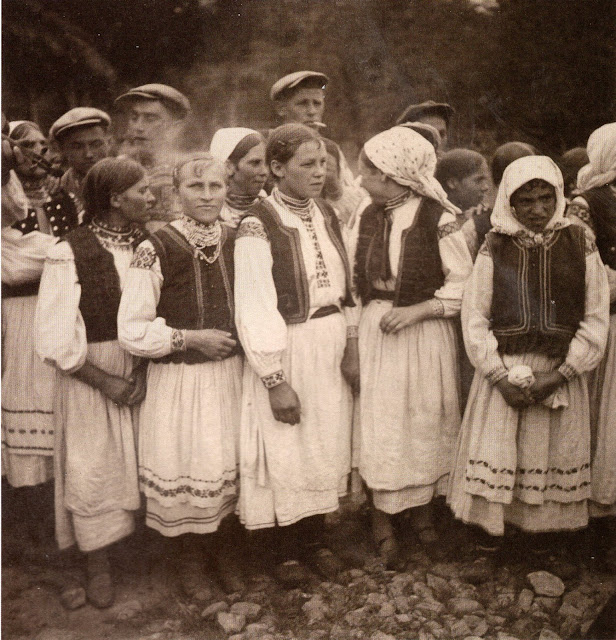




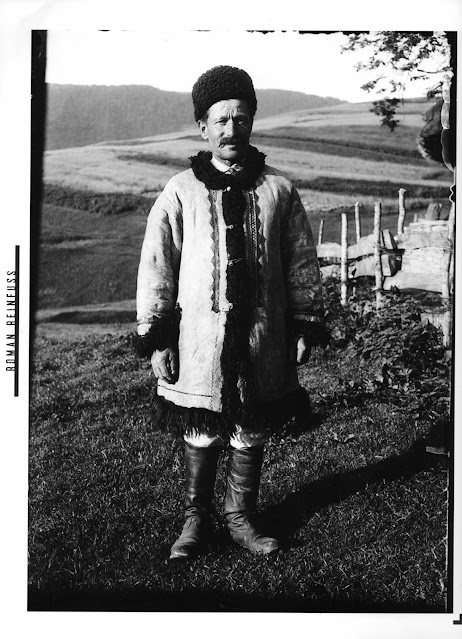















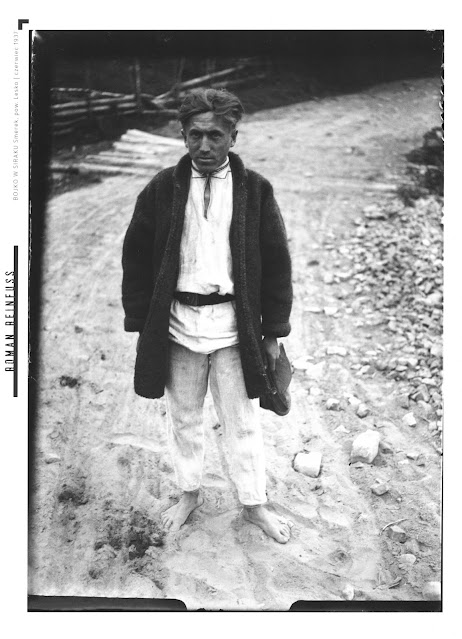











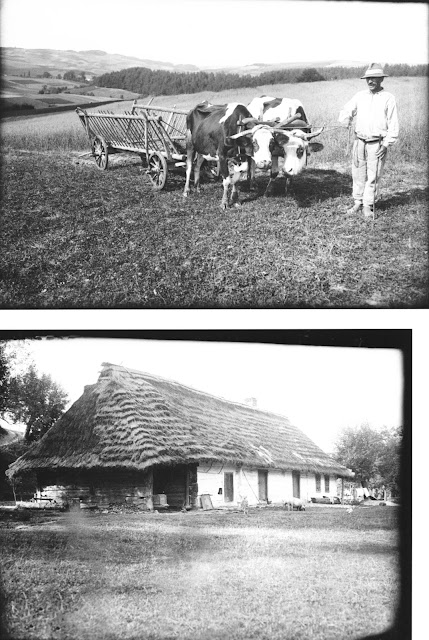




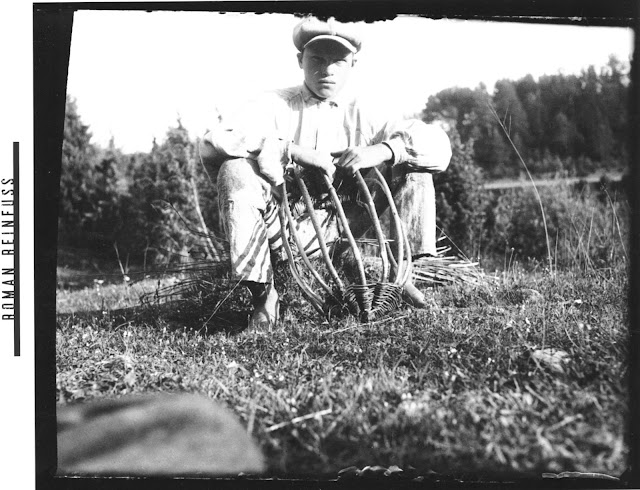


















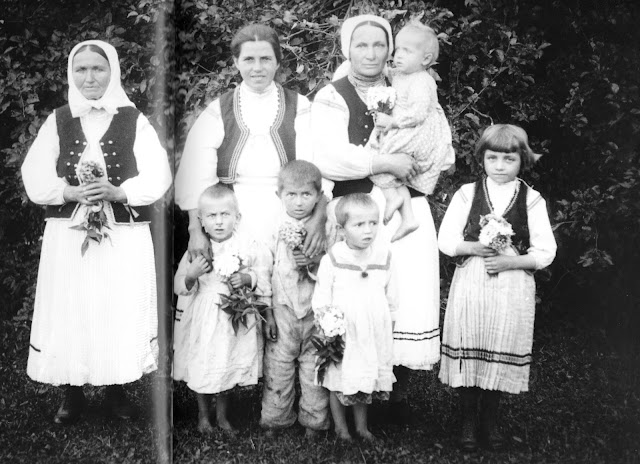














I stumbled onto your blog when I was looking for information on nyzynka. (I started with Ukraine, found an article on Wikipedia about Ukranian Embroidery which only mentioned the technique, so I went looking!) I am a student of the History of Embroidery, but have only skimmed the surface of regional variations. Your blog is an incredible resource! I am so glad that your blog is still active! Thank you!
ReplyDeleteI am in Tennessee, so I do not have access to many of the sources that you do. Assisi work actually began in the 16th century. There are many pattern books from the 16th century that still exist as well as many pieces in museums.
There is a similar technique called Reserva work from Spain. It seems to often be done in black or blue. I have been able to find almost no information on this technique. If you need something to research ... 😀 ... see if you can find out anything about Reserva work.
I appreciate your blog so much!
Susan, my mother came from Boiko region and embroidered in the nyzhyna manner... intricate, beautiful and such detail difficulty.. with pattern on both sides of fabric so exquisite. I have her art work on pillows and framed
Delete